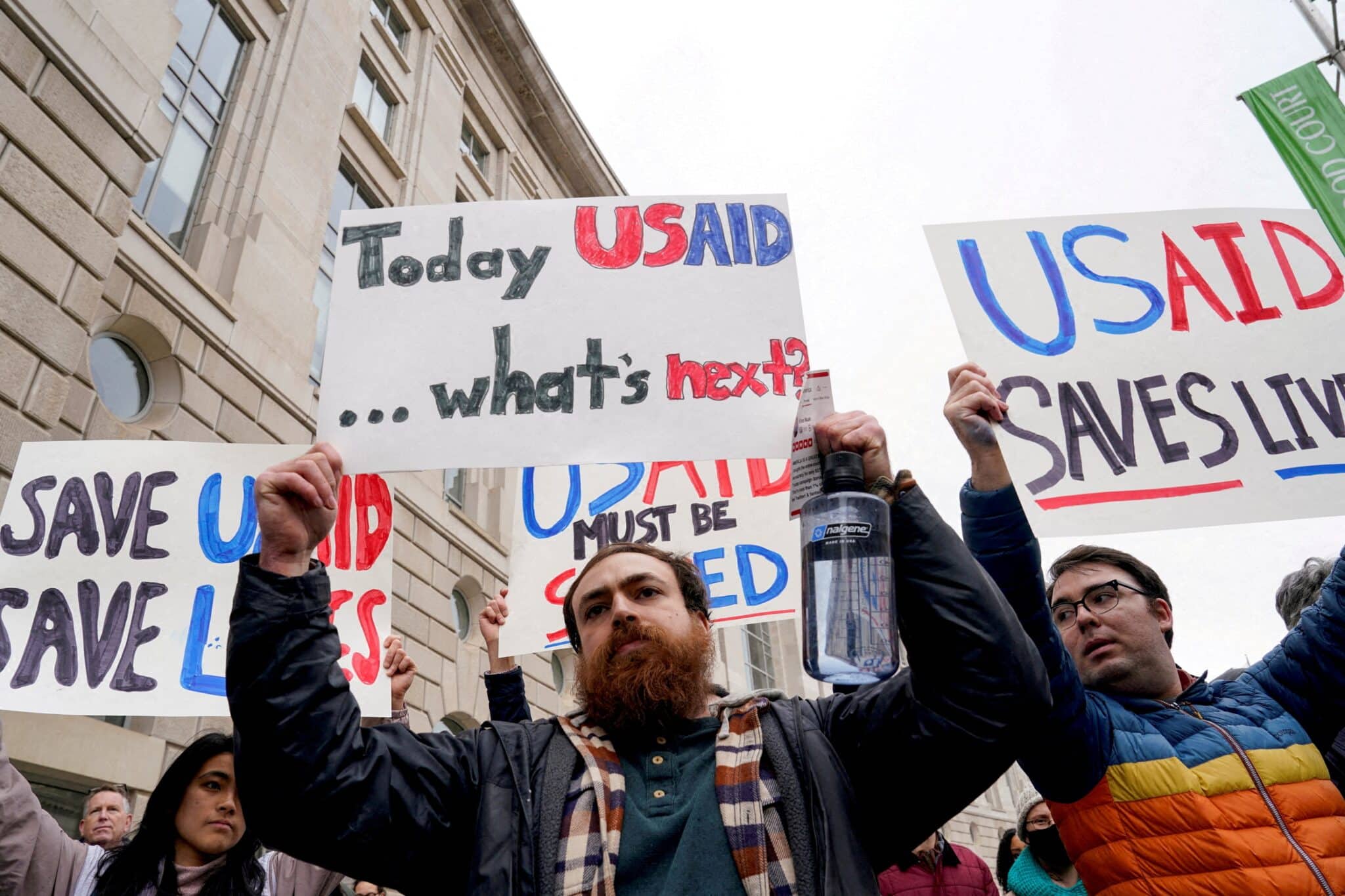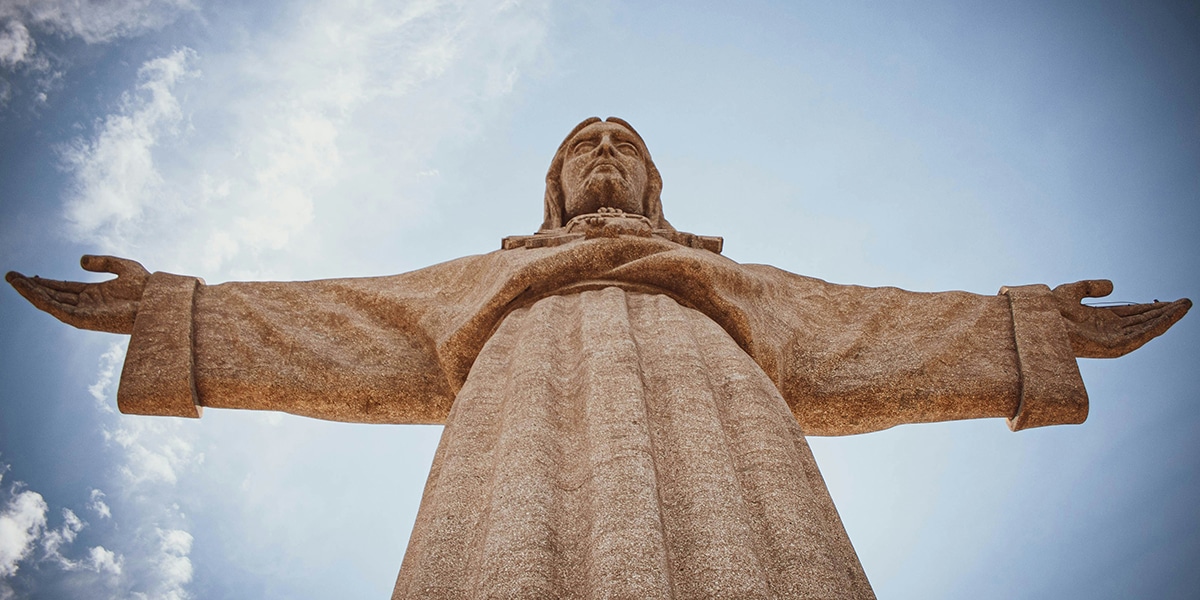The Dakota Access Pipeline is now up and running. Is it time to move on?
On March 27, oil began to flow along the Dakota Access Pipeline’s 1,172-mile journey from North Dakota to Illinois. The last of the protesters cleared out of the area one month before. The protest hashtag #NoDAPL is no longer the viral force it once was on Twitter. Soon, we’ll mostly have forgotten about the protests, the tear gas, the high- profile arrests. Shouldn’t we just move on?
No, we shouldn’t. There’s still much we can learn from the dispute over the building of the pipeline. Its opening raises concerns about the treatment of our planet. More- over, questions linger about abuses toward the already marginalized Native American population in our country.
Standing with Standing Rock
The website DAPLPipelineFacts.com states that “the pipeline does not encroach or cross any land owned by the Standing Rock Sioux Tribe.” Though this is technically a true statement, it would be more accurate to say “land currently owned by the Standing Rock Sioux Tribe.” The 1868 Fort Laramie Treaty reduced their tribal land, which later continued to shrink due to violations of the treaty by General Custer and others. So, while the pipeline now crosses through land that is no longer owned by the Standing Rock Sioux, it is land that they still consider sacred since it contains old burial grounds and other areas of religious significance.
The 2007 United Nations Declaration of the Rights of Indigenous People ensures rights to “lands, territories, and resources.” Interestingly, the United States was one of the four voting states (out of 158 total) that were against the declaration. It seems that the struggle for Native Americans to recon- nect with and protect the land they consider sacred is still being met with resistance today. The Standing Rock Sioux—and indigenous people everywhere—need allies at their side when human-rights abuses hap- pen. Our faith calls us to be voices for the voiceless. Still, the construction of the pipeline touches on other aspects of our Catholic approach to the world.
‘If One Part Suffers . . .’
According to DAPLPipelineFacts.com: “The Dakota Access is one of the most technologi- cally advanced and safest pipelines ever built. It is entirely underground and sur- passes federal safety requirements.” How- ever, the Pipeline and Hazardous Materials Safety Administration (PHMSA) has reported more than 3,300 incidents of leaks and rup- tures at oil and gas pipelines throughout the United States since 2010.
In his encyclical on the environment, “Laudato Si’,” Pope Francis, referring to the treatment of Mother Earth, writes, “We have come to see ourselves as her lords and masters, entitled to plunder her at will” (2). The results of this objectification have proven to be harmful for both the planet and the poor, who often come face-to-face with environmental degradation first. The Global Catholic Climate Movement is a great resource for those looking for more information on environmental issues related to the pipeline, as well as ways to assist the Stand- ing Rock tribe.
As Catholics, it is part of our moral fabric to stand with the marginalized, like the Sioux. We’re also responsible for passing along a healthy, sustainable environment to our descendants—a kind of ecological last will and testament. St. Paul, in 1 Cor 12:12, 26, writes: “As a body is one though it has many parts, and all the parts of the body, though many, are one body, so also Christ. . . . If [one] part suffers, all the parts suffer with it; if one part is honored, all the parts share its joy.”
That body could be the whole of humanity; it could be our planet as an integrated ecosystem. The truth is it does not matter. If we are really living out the Gospel, we’ll take good care of both.








